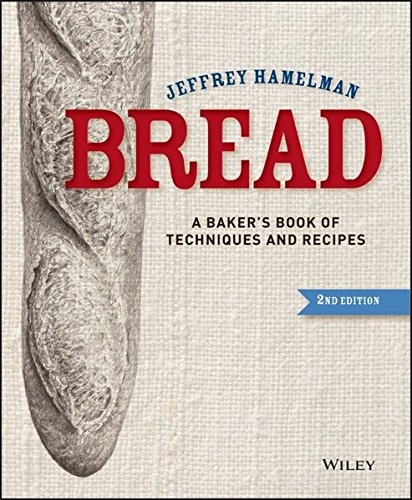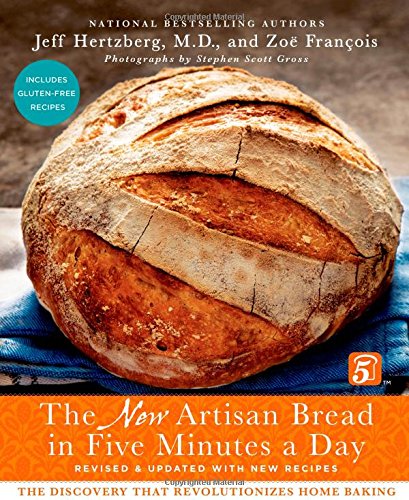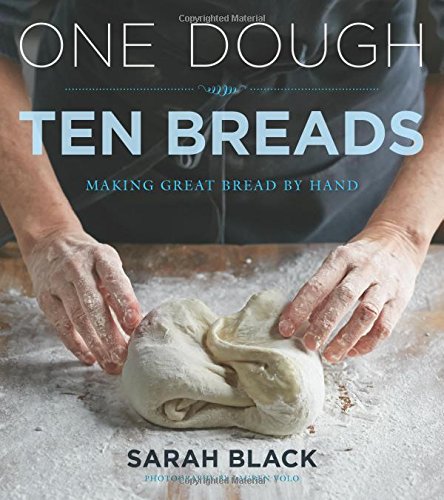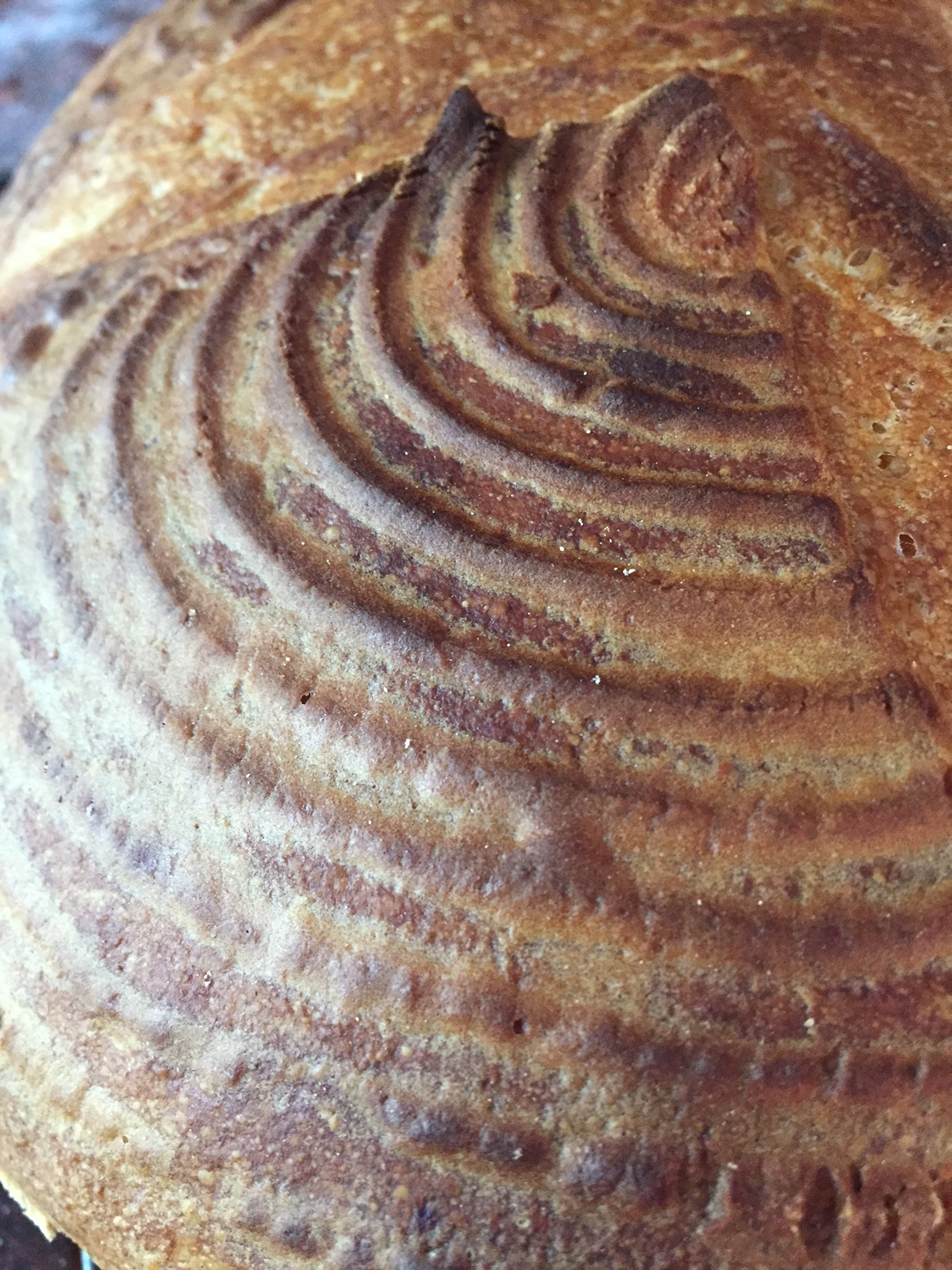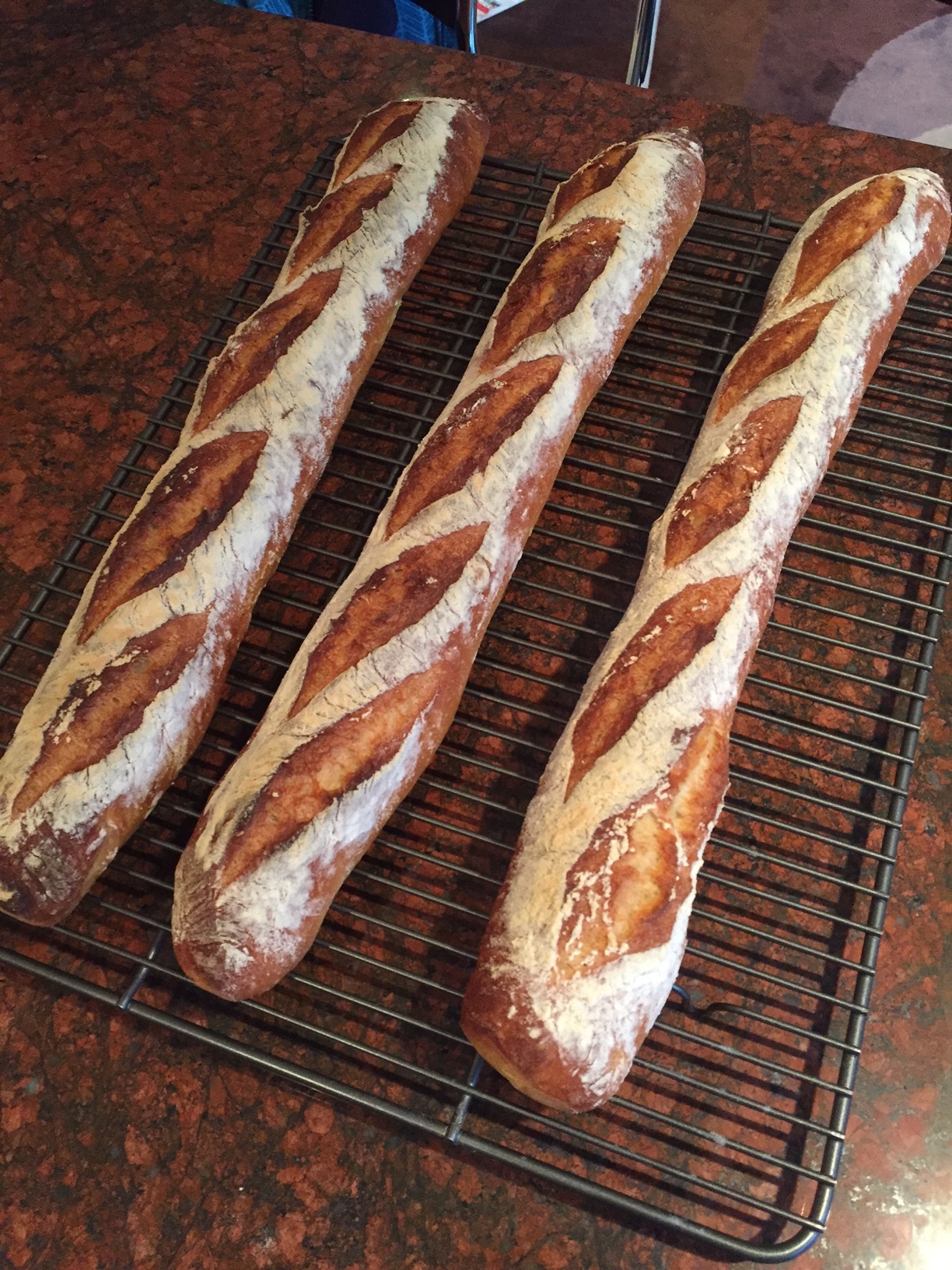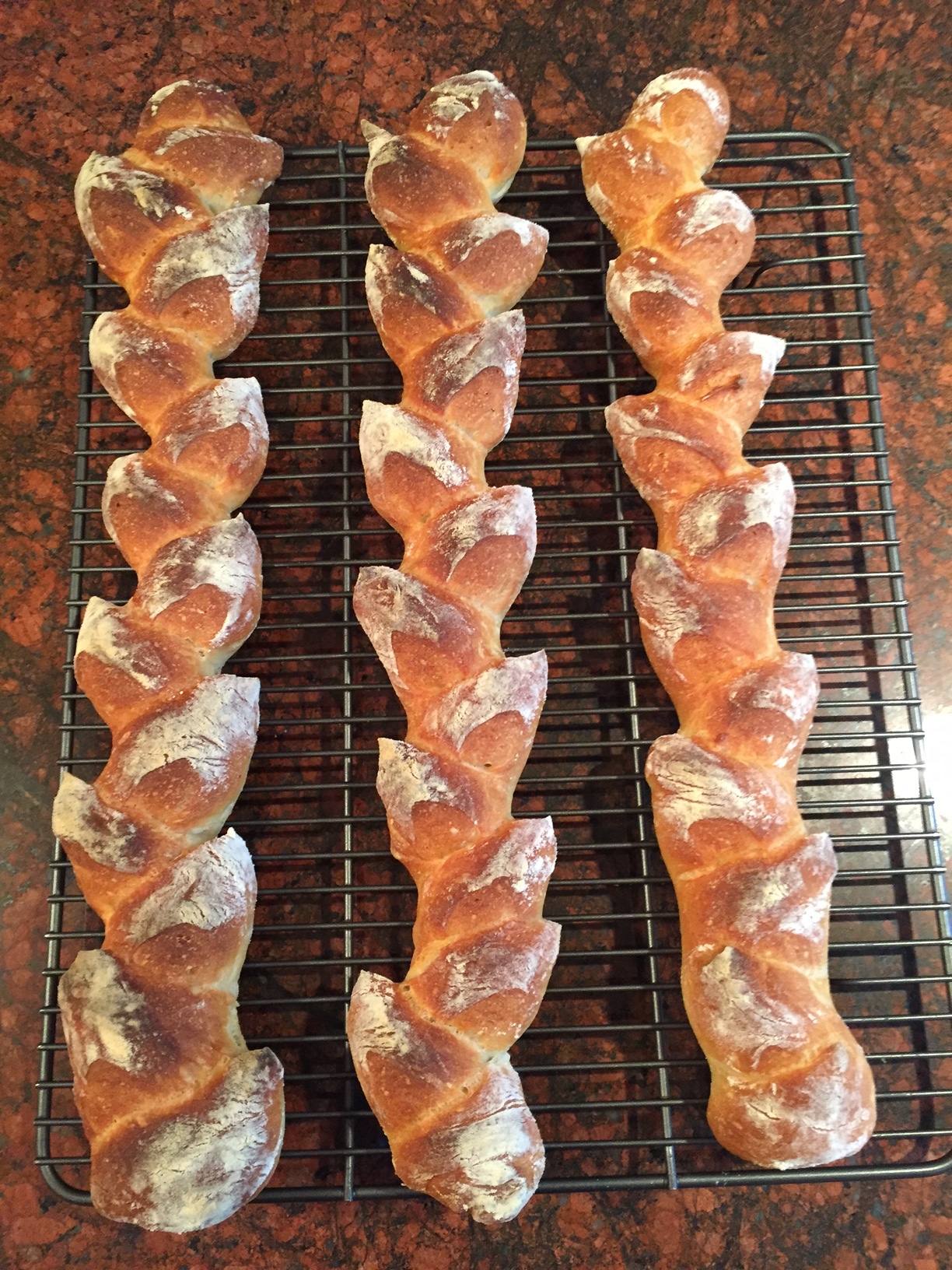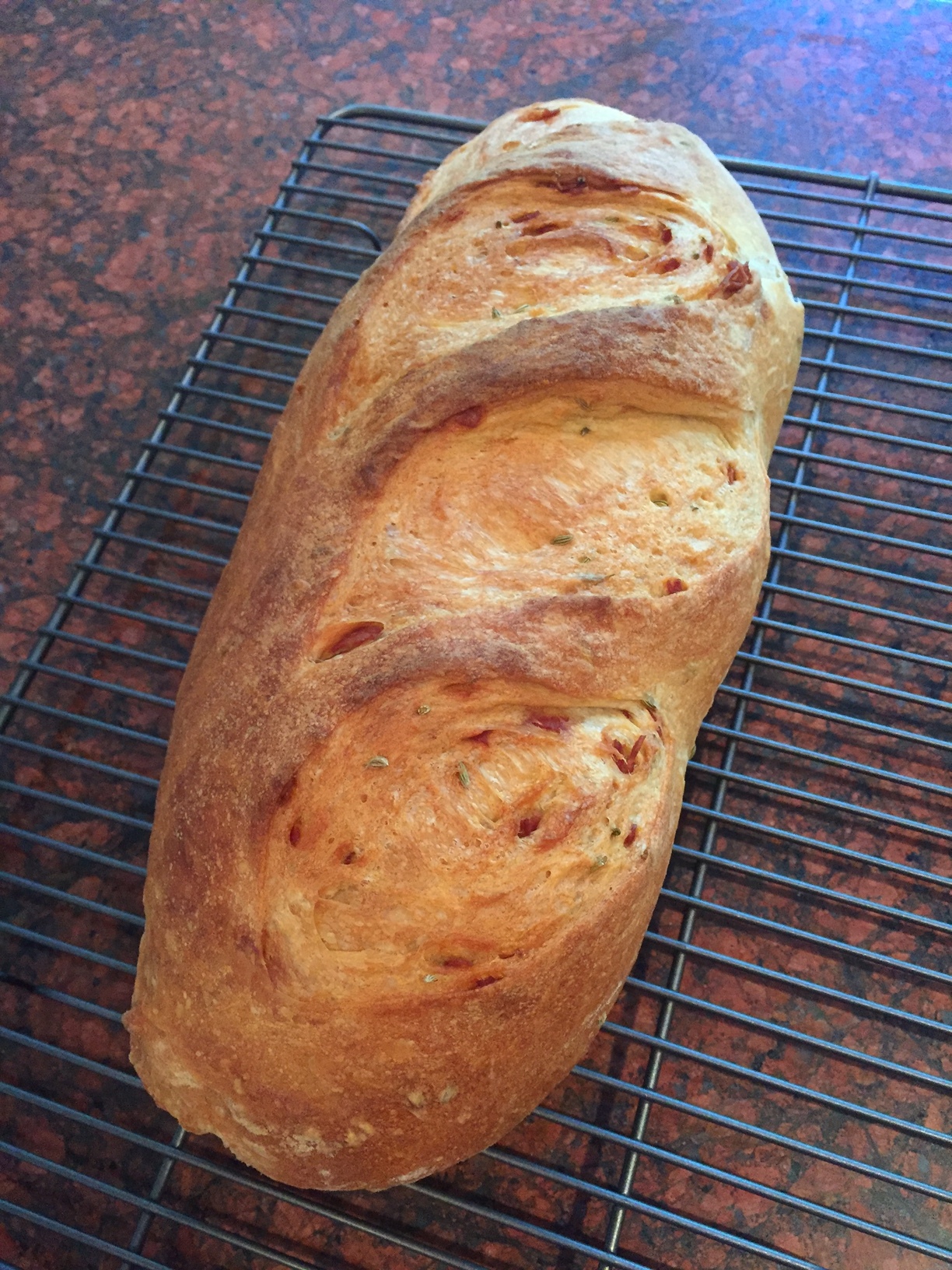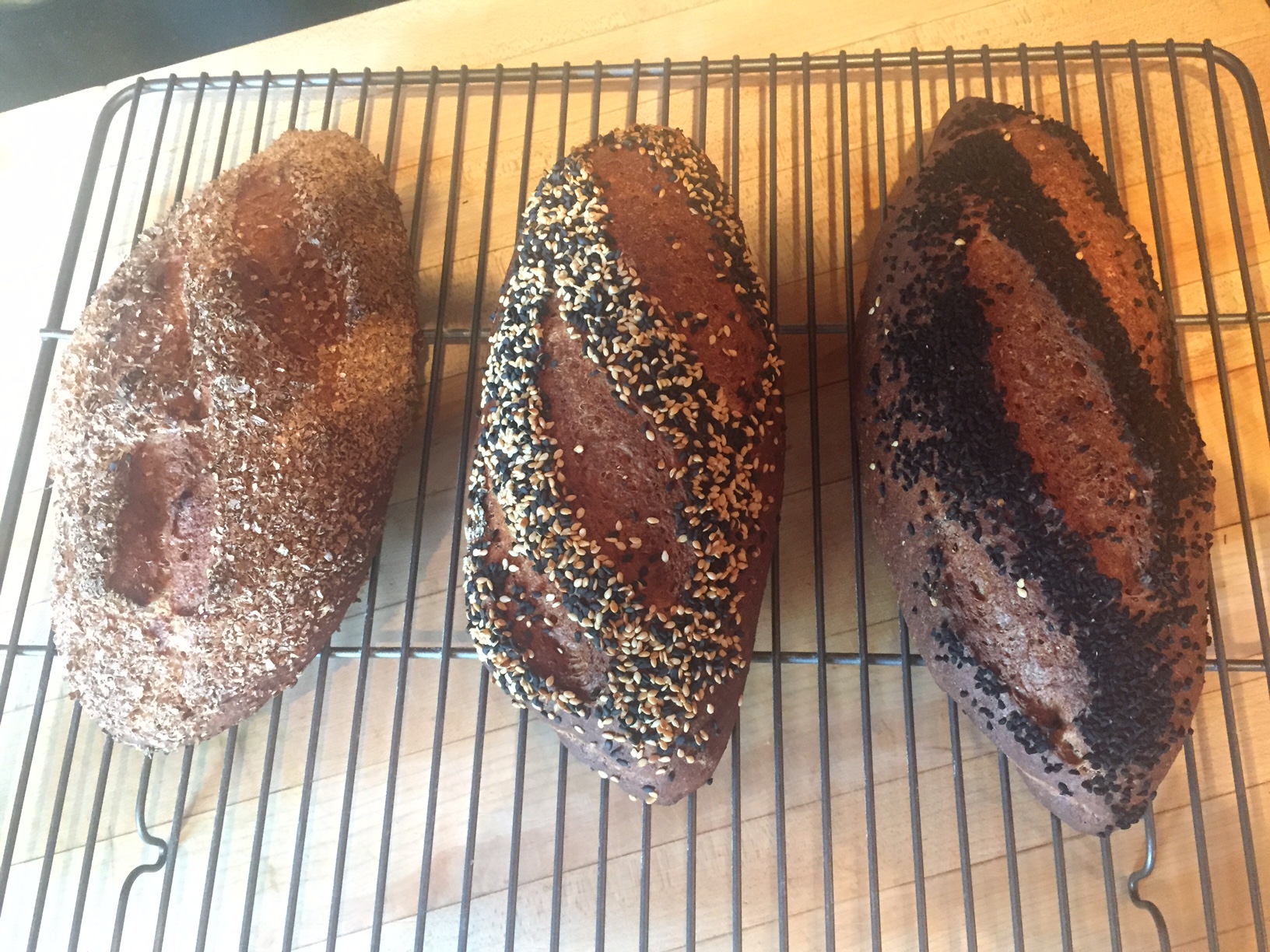Learning to Bake Bread
About a year ago, I decided that I would learn to bake bread. I had previously only made a couple attempts in my many years of cooking. The results of 22 years ago were far less than spectacular. At that time there were very few good bread baking books available and no good websites. Also, at the time I was on a charcuterie binge and so I did not make a concerted effort to learn to bake really good bread. I also, mistakenly, tried to make a giant leap into bread baking, as I recall, attempting to start with something ridiculously challenging and esoteric, like whole wheat or rye baguettes. So, instead of making small incremental improvements I tried to start learning with a difficult grain and a finicky shape that takes French bakers many years to perfect with white flour. Some time in-between then and now, someone gave me a bread making machine. I tried using the machine, but I was never able to make bread that even came close to the artisan breads showing up in grocery stores at the time. For a while I would just tell people that I was not interested in baking.
This time around I decided to be more methodical and persistent. I wanted to apply the principle of small steps and iterative improvement to the learning of a skill that would provide immediate benefit to my family and friends.
First, I decided that in order to learn the craft well I would need to start simple and bake a lot of bread. I looked for a source that would teach me the simplest bread baking methods. After a survey of the, now prolific, writing on bread making, I settled on a book by Jeff Hertzberg M.D. and Zoë François called The New Artisan Bread in Five Minutes a Day: The Discovery That Revolutionizes Home Baking. This turned out to be fortuitous because the authors’ method requires one to mix up a big batch of dough and then use it over the course of a week or two to make three to five loaves of bread. This allowed me to ease into bread baking, learning the basics, while keeping to my commitment to bake bread two to three times a week.
Many of the techniques I learned early on from this book are ones I still use with more advanced bread baking. The three most important tactics I learned were: use of a digital scale to weigh all but the smallest ingredient portions, placement of a pan of water on the floor of the home oven to create a humid environment for a bakery crisp crust that shatters when you slice the finished product, and use of a digital, instant thermometer to get the temperature of all ingredients right. I went through the book in about three months and made about 12 different types of bread several times. There were some breads I had to try a couple times or more to get perfect. After so much practice, I learned a lot and most of the bread I made was very well received by family and friends. I even started to riff on the recipes and continue to do so with more traditional bread making methods.
Following my initial exposure, via bulk, high hydration doughs, I found a couple more advanced books that helped me to take my bread baking to the next level and learn a more traditional approach to the craft. Sarah Black’s One Dough, Ten Breads: Making Great Bread takes readers through a complete survey of popular bread forms and dough hydrations. I learned how to make French style baguettes with Ms. Black’s procedures and tips. I was also able to successfully bake several whole grain loaves. One of the most appealing aspects of this book, for me, is the lesson-like chapters that walk the reader through progressively more complex bread baking projects and procedures. I baked my way through the book in about four months and have developed an affinity for preferments and other advanced techniques that have led me to make some stunning loaves.
Another great book of advanced bread making techniques is Flour Water Salt Yeast: The Fundamentals of Artisan Bread and Pizza by Ken Forkish. I used this book over the last three months. This book dives deep into the methods and science of baking bread. The author also introduced me to the professional baker percentage method of listing ingredient quantities. I now prefer this method and use it to document my own bread recipes. Many of Forkish’s recipes utilize long fermentation times of 12 to 14 hours and I have come to really appreciate the difference in taste that this imparts to the finished product. This book taught me that with the patience and forethought for a longer time frame recipe comes great finished product and truly artisan bread.
Finally, I really like Bread: A Baker's Book of Techniques and Recipes by Jeffrey Hamelman. This is more of a bread baking textbook. However, the information Hamelman offers is invaluable to understanding the bread making process, from the selection of flour based on wheat cultivation and processing methods, to the finishing of loaves. The book contains over a hundred bread recipes, all detailed in bakers percentage formulae that, once one understands how to read them, make the gathering and combining of ingredients much easier. Also, one can glean critical information about a dough such as hydration and multigrain composition at a glance.
For me the process of learning to bake really good bread at home took on a familiar pattern. In almost every success I have experienced or witnessed, persistence, discipline, starting small, self education, and small, iterative steps toward improvement were major keys to a favorable outcome. Learning to bake bread was no different. I sought out sources of verifiably good information on bread baking. I started small, with simple bread baking techniques and principles, and gradually worked my way up to the more challenging techniques. I stayed disciplined in my commitment to bake two to three times a week, knowing that over the course of a year I would gain well over a hundred home bread baking experiences. And finally, though there were inevitable failures, I persisted until I had perfected the techniques I set out to learn.
I believe that anyone can take this approach to any self improvement project, no matter how challenging. If you start small and remain disciplined enough to make small, consistent, regular steps toward your goal, you will eventually look back astonished by what you have accomplished. If anyone had told me a year ago that today I would be baking french style baguettes and italian semolina bread of artisan quality, I would have scoffed at the idea, citing a lack of experience and talent on my part. You have to be persistent in the face of failure and shortcomings. There will be times when you won’t reach your goal for the day or week, or what you do will turn out to be of disappointing quality. Don’t let that keep you from continuing to try or from recognizing that you make some progress just by showing up. Remember that our failures teach us far more than our successes. Failure enables success. Finally, use what others have learned and are willing to teach. Look for books, websites, videos, and other media that you can learn from. Seek out at least one person who knows more on your topic or mission than you do, someone who is willing to provide feedback and guidance. I have an older cousin who has been baking bread at home for more than three decades. I regularly ask him for tips, advice, and feedback on my bread baking. I would not have accomplished nearly as much as I did, without him.
I hope this post encourages more home cooks to take up baking bread or some other cooking technique that might seem daunting at first. I think that almost anyone who cooks food for family and friends on a regular basis will tell you that it is, on balance, a rewarding activity. By broadening the techniques you use and styles of food you are comfortable cooking, you can increase satisfaction and enjoyment for yourself and the people who you are feeding.


